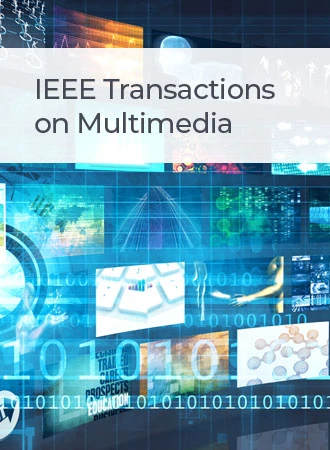带有知识转移的对称幻觉在短时学习中的应用
IF 8.4
1区 计算机科学
Q1 COMPUTER SCIENCE, INFORMATION SYSTEMS
引用次数: 0
摘要
数据幻觉或增强是少镜头学习(FSL)的一种直接解决方案,其中FSL被提出用于在有限的训练样本下对新对象进行分类。常见的幻觉策略使用视觉或文本知识来模拟给定新类别的分布,并生成更多用于训练的样本。然而,当新类别的知识领域较窄时,通过这些技术生成的样本的多样性和容量可能不足。因此,分类器的性能提升是有限的。为了解决这个问题,我们提出了一种带有知识转移(SHKT)的对称数据幻觉策略,该策略与视觉和文本空间中的多模态知识相互作用。具体来说,我们首先计算基于语义知识的关系,并选择一个给定的小说类别中最相关的类别来产生幻觉。其次,我们设计了两种无参数数据幻觉策略,通过在视觉和文本空间混合给定和选择的样本来丰富训练样本。生成的视觉样本和文本样本分别提高了视觉表现,丰富了文本监督。最后,我们通过迁移计算将视觉知识和文本知识连接起来,这不仅交换了不同模态的内容,而且在训练过程中约束了生成样本的分布。我们将我们的方法应用于四个基准数据集,并在所有实验中实现了最先进的性能。具体来说,与Mini-ImageNet数据集上的基线相比,它在1个和5个支持训练样本上分别实现了12.84%和3.46%的准确率提高。本文章由计算机程序翻译,如有差异,请以英文原文为准。
Symmetric Hallucination With Knowledge Transfer for Few-Shot Learning
Data hallucination or augmentation is a straightforward solution for few-shot learning (FSL), where FSL is proposed to classify a novel object under limited training samples. Common hallucination strategies use visual or textual knowledge to simulate the distribution of a given novel category and generate more samples for training. However, the diversity and capacity of generated samples through these techniques can be insufficient when the knowledge domain of the novel category is narrow. Therefore, the performance improvement of the classifier is limited. To address this issue, we propose a Symmetric data hallucination strategy with Knowledge Transfer (SHKT) that interacts with multi-modal knowledge in both visual and textual spaces. Specifically, we first calculate the relations based on semantic knowledge and select the most related categories of a given novel category for hallucination. Second, we design two parameter-free data hallucination strategies to enrich the training samples by mixing the given and selected samples in both visual and textual spaces. The generated visual and textual samples improve the visual representation and enrich the textual supervision, respectively. Finally, we connect the visual and textual knowledge through transfer calculation, which not only exchanges content from different modalities but also constrains the distribution of the generated samples during the training. We apply our method to four benchmark datasets and achieve state-of-the-art performance in all experiments. Specifically, compared to the baseline on the Mini-ImageNet dataset, it achieves 12.84% and 3.46% accuracy improvements for 1 and 5 support training samples, respectively.
求助全文
通过发布文献求助,成功后即可免费获取论文全文。
去求助
来源期刊

IEEE Transactions on Multimedia
工程技术-电信学
CiteScore
11.70
自引率
11.00%
发文量
576
审稿时长
5.5 months
期刊介绍:
The IEEE Transactions on Multimedia delves into diverse aspects of multimedia technology and applications, covering circuits, networking, signal processing, systems, software, and systems integration. The scope aligns with the Fields of Interest of the sponsors, ensuring a comprehensive exploration of research in multimedia.
 求助内容:
求助内容: 应助结果提醒方式:
应助结果提醒方式:


